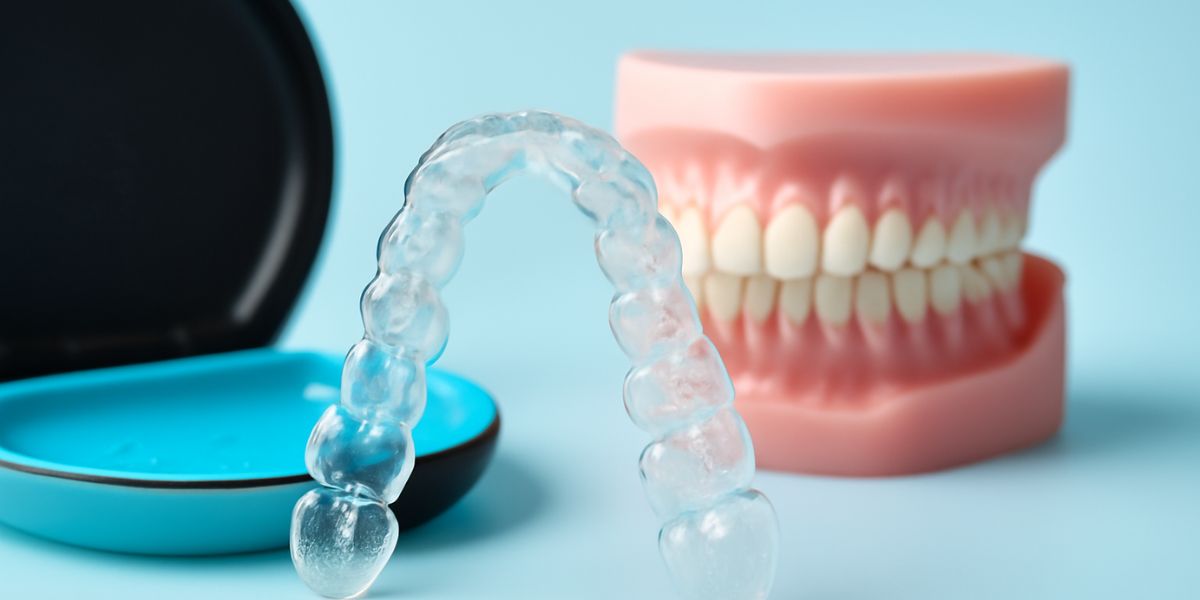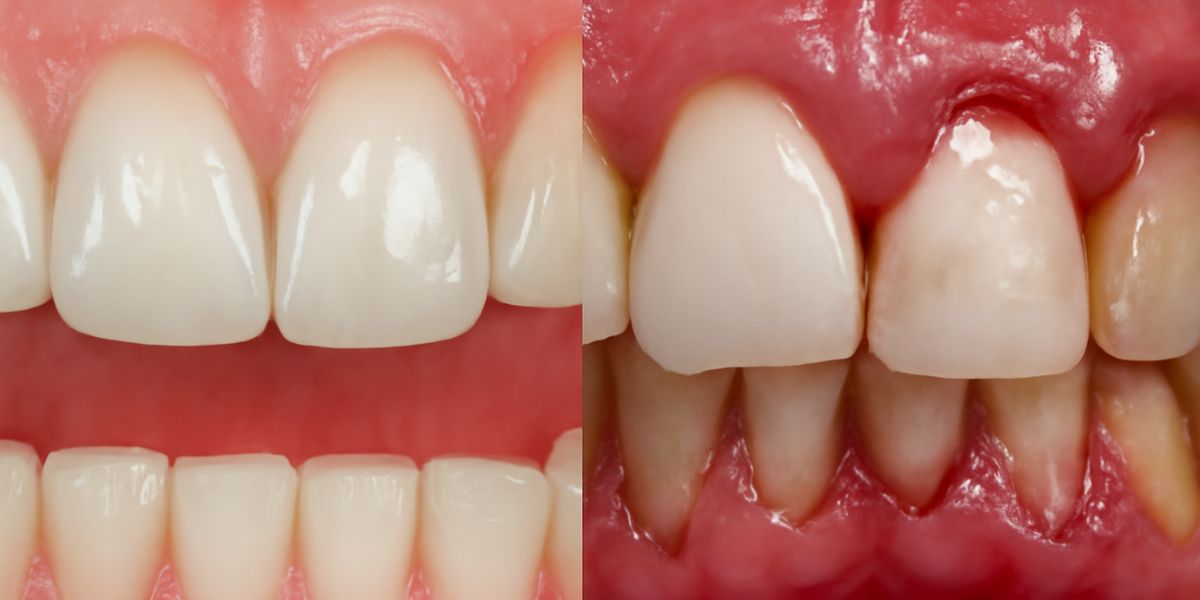Los diferentes tratamientos de ortodoncia, tanto los clásicos como aquellos con menos recorrido en el mercado, son la mejor forma de corregir los posibles problemas de posición y crecimiento de las piezas dentales. Gracias a ello, el paciente, siempre que sea constante en el uso de la ortodoncia, logrará lucir una sonrisa más bonita y, sobre todo, más sana.
Una de las principales inquietudes de las personas interesadas en los tratamientos de ortodoncia es conocer de antemano cuál será el resultado. Este tipo de tratamientos suelen durar entre uno y dos años, por lo que contar con una simulación previa es una gran ayuda de cara a hacerse una idea de cuáles serán los cambios y cómo será su sonrisa una vez se retire la ortodoncia. Pero, además de en los dientes, ¿puede un tratamiento de ortodoncia producir cambios en el aspecto de la cara?
La ortodoncia y su impacto en los rasgos faciales
Una malposición dental tiene un reflejo directo en la sonrisa y, en ocasiones, también en los rasgos faciales. El cambio más evidente se da en aquellos casos en los que una de las dos arcadas dentales tiene una inclinación especial que hace que los labios se pronuncien más de lo habitual. En estas ocasiones, el empleo de la ortodoncia corrige esa malposición dental y modifica ligeramente los rasgos faciales, que en cualquier caso acabarán siendo más armónicos que en la situación inicial.
Contrariamente a lo que algunas personas piensan, los distintos tipos de ortodoncia no pueden provocar grandes cambios en la cara del paciente. Si este, además de mejorar su sonrisa, desea cambiar sus rasgos faciales, deberá recurrir a una o varias intervenciones quirúrgicas.
Cirugía frente a ortodoncia
Los tratamientos con ortodoncia solo tienen impacto sobre los tejidos blandos, por lo que únicamente podrán cambiar la estética facial de forma superficial. Para cambios más notables y evidentes será necesario recurrir a la cirugía ortognática, que interviene sobre la estructura ósea y promueve cambios más profundos en la apariencia de los pacientes.
La cirugía ortognática la lleva a cabo el cirujano maxilofacial. Existen tres tipos de intervenciones y son procesos relativamente rápidos y sencillos:
- Cirugía del maxilar. Consiste en un corte en el hueso maxilar que permite alargar, acortar, retraer o avanzar su posición.
- Cirugía de la mandíbula. Se recurre a esta técnica cuando la mandíbula es pequeña o está más retraída que el maxilar, o si por el contrario es más grande o se encuentra adelantada.
- Cirugía bimaxilar. Supone la intervención tanto sobre el maxilar como sobre la mandíbula. Esta técnica consigue grandes cambios en la estructura de la cara y permite recuperar la armonía en los casos más complicados.
Cambios en la cara durante el tratamiento
En ocasiones, y en función del tipo de ortodoncia, es posible que el paciente o sus allegados aprecien ciertos cambios en su cara. Ocurre sobre todo con los tratamientos con brackets, ya que son algo más voluminosos que otras opciones, y que puede hacer que los labios se vean un poco más pronunciados. Sin embargo, este efecto desaparecerá a la conclusión del tratamiento.
Si llegados a este punto te ha quedado alguna duda relacionada con la ortodoncia o la cirugía ortognática, ponte en contacto con nuestros expertos. Estaremos encantados de atenderte. ¡Llámanos!






